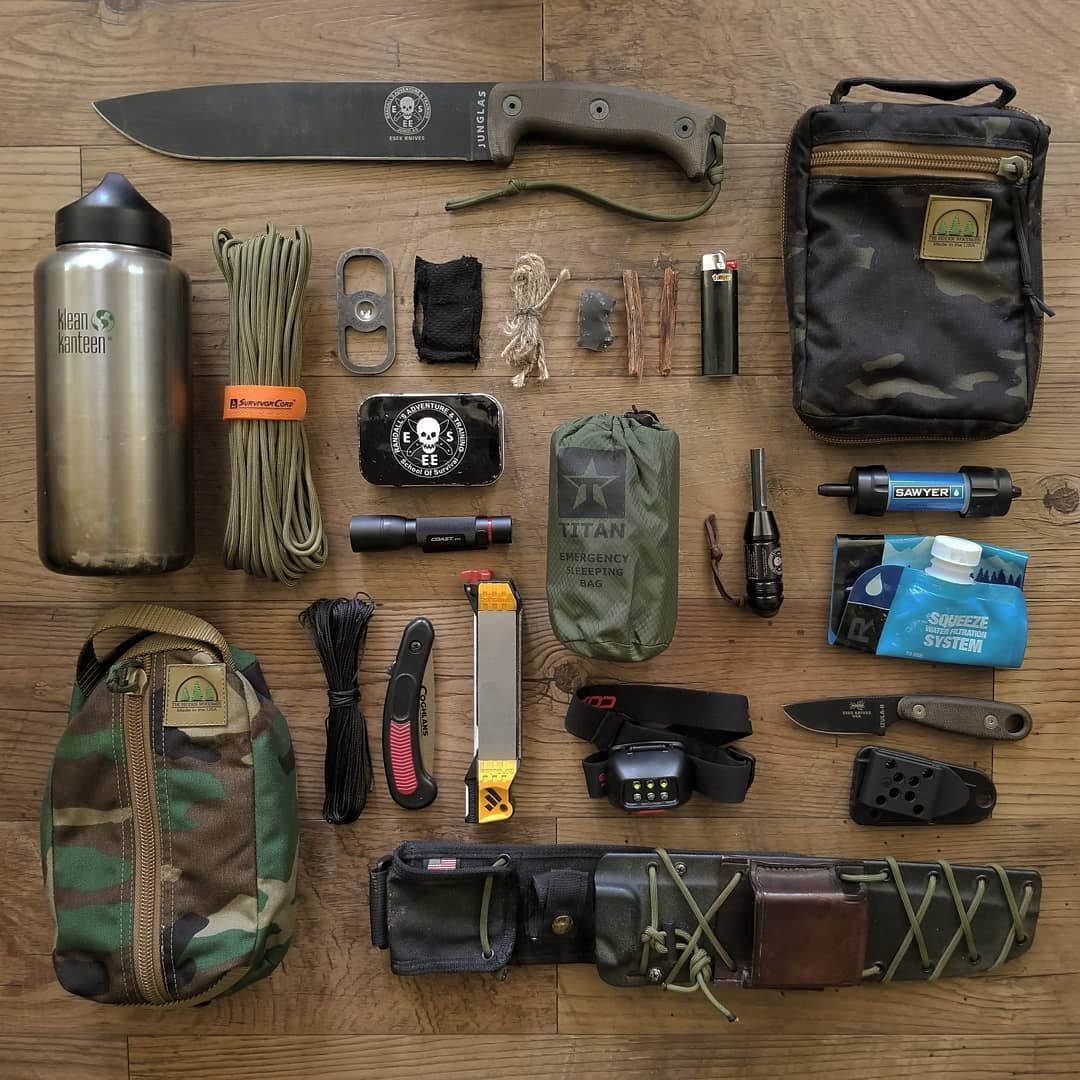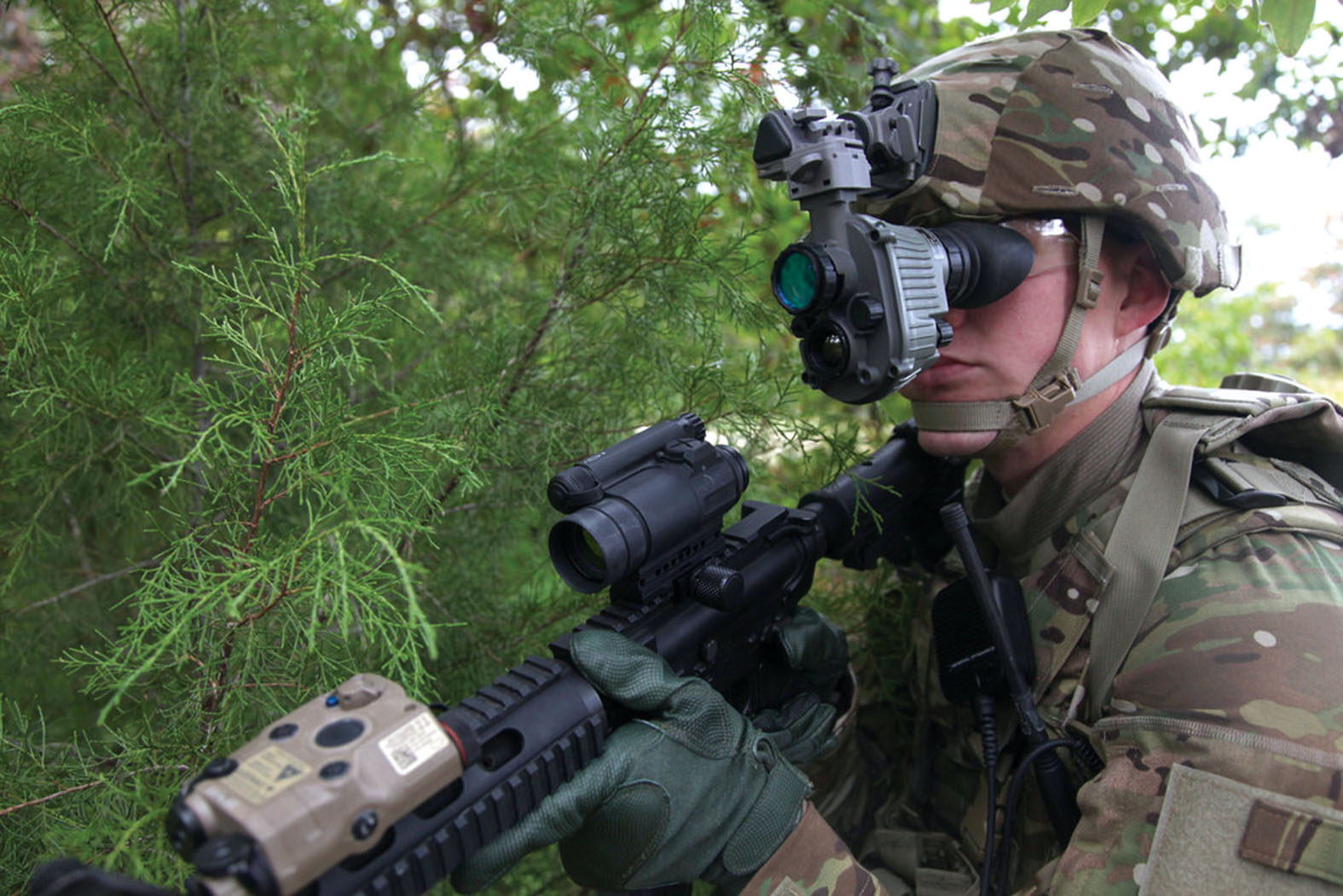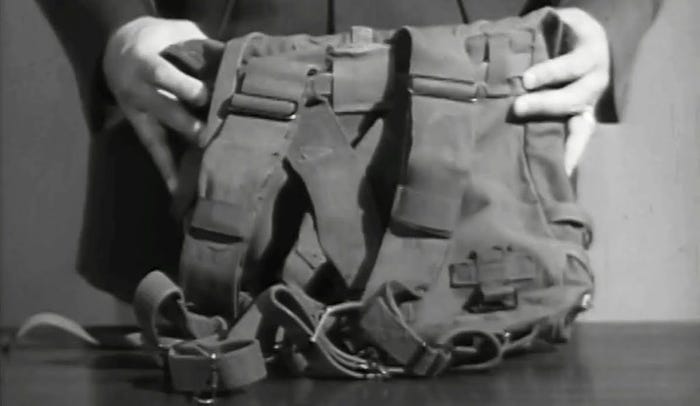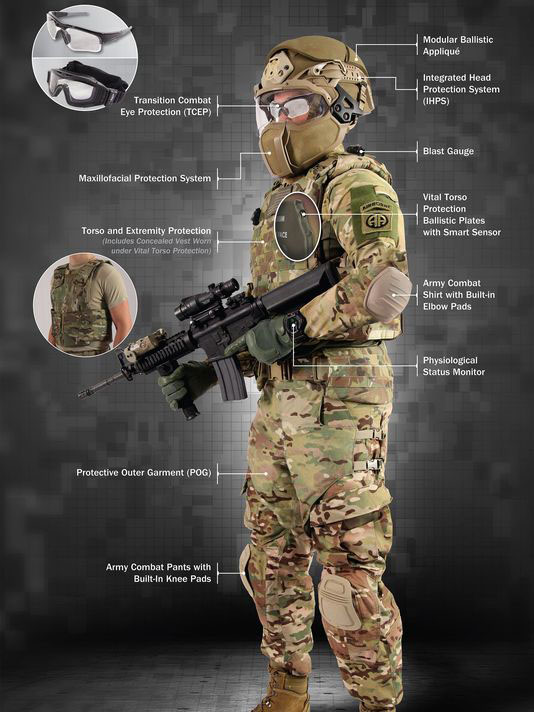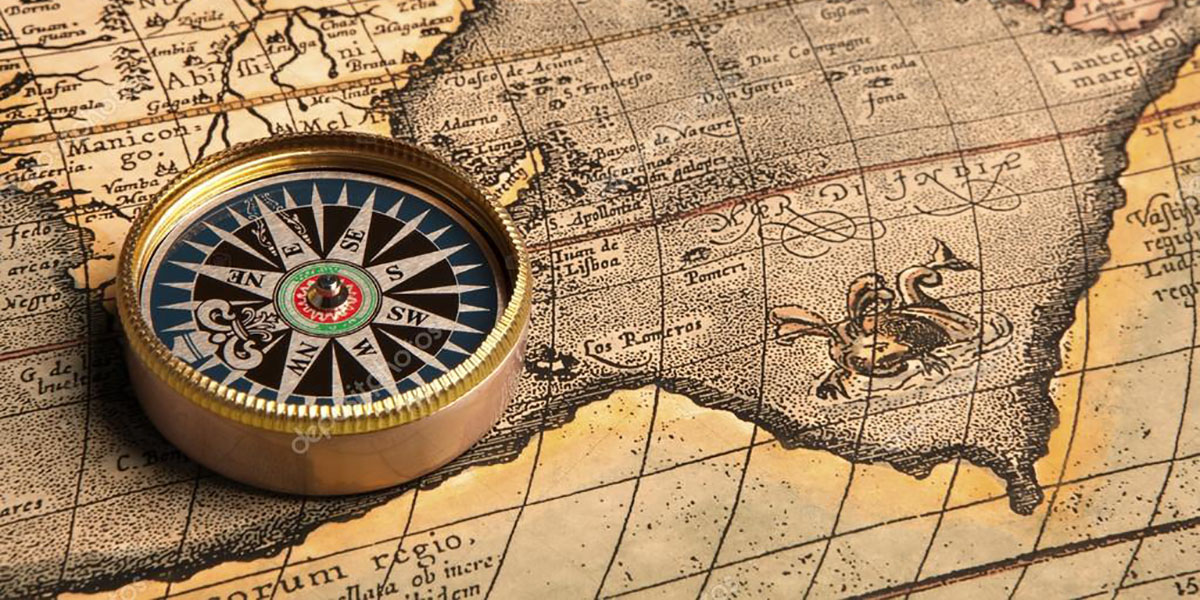Get to know your compass well, and it quickly becomes one of those outdoor tools you never want to leave behind. It doesn’t need batteries, isn’t affected by weak signals, and works anywhere from quiet woodland trails to long mountain crossings. Once you understand its parts and how they work together, a compass turns into a reliable partner that keeps you oriented no matter where your journey takes you.
A compass is one of the simplest and most dependable navigation instruments available. It pairs beautifully with any map, but it can also guide you even when you have no map at all. While entire books explore advanced navigation, every newcomer should begin with the basic principles—those fundamental ideas that make the compass such a powerful tool.
Whether you’re walking new trails, cycling unfamiliar routes, or driving through unknown countryside, knowing how to properly use a compass is a life skill that consistently proves its worth. Maps alone can guide you using visible landmarks, but a compass brings accuracy, direction, and confidence—especially when the surrounding landscape lacks clear features.
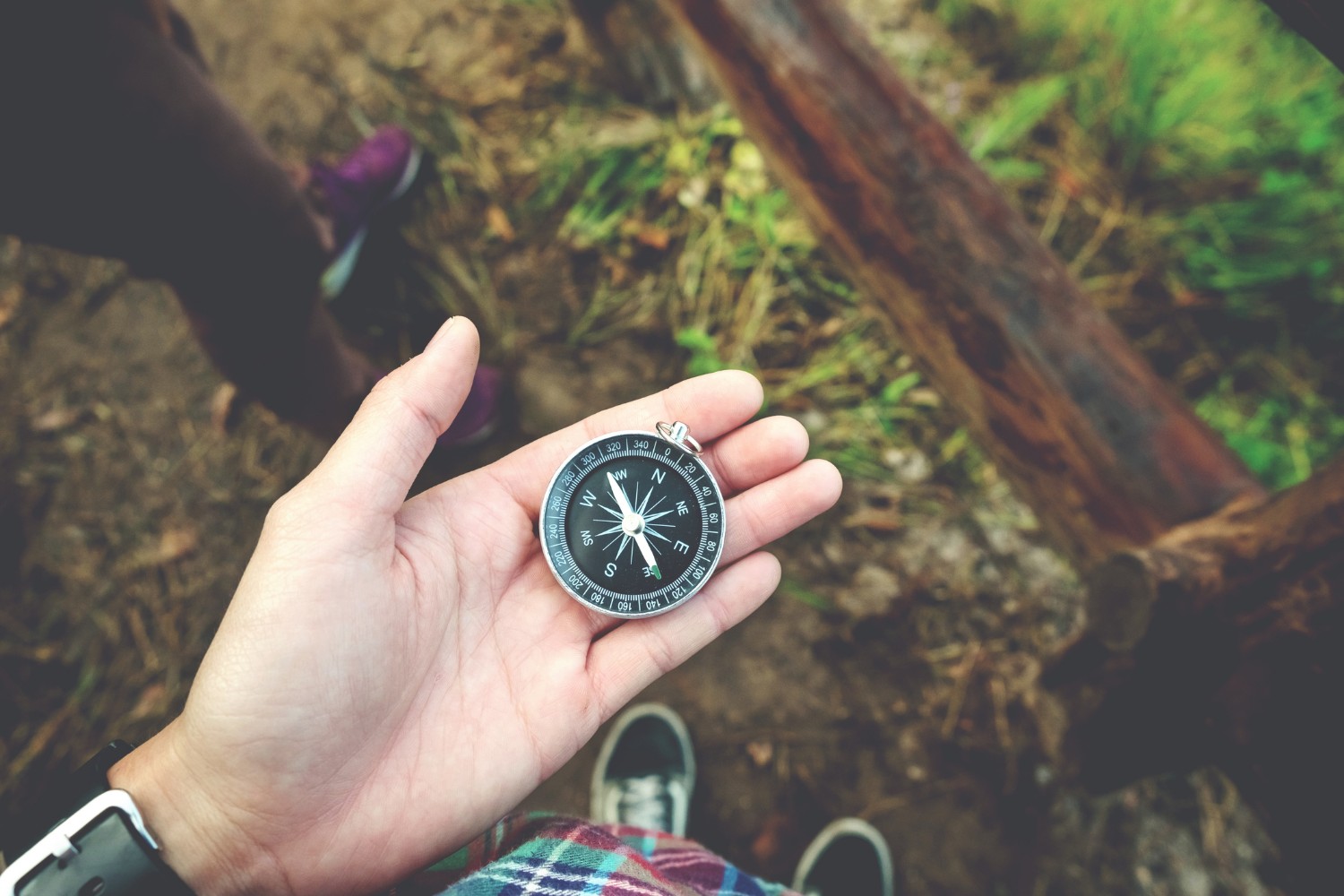
Types of Compass
There are countless magnetic compasses on the market—from tiny ones built into multi-tools to the large, heavy instruments used on boats. Below are several of the most commonly used styles and what makes each one useful.
Basic Compass
This simple model shows you where north is, but without a rotating bezel or alignment tools, accuracy is limited. They’re inexpensive and convenient, though extremely cheap versions may be unreliable.
Best for general travel situations such as road cycling or driving, where only approximate direction is needed, or as a lightweight emergency backup.
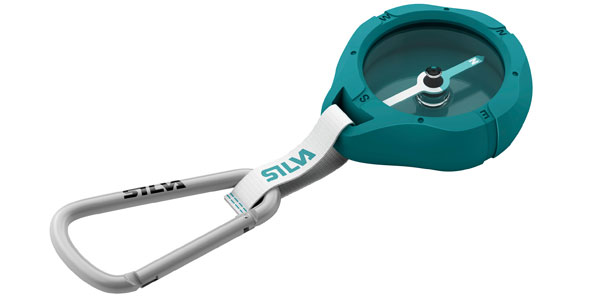
Sighting Compass
Designed for taking precise bearings on faraway objects, this compass often features a mirrored lid or sighting notch and remains a favorite among military and professional navigators. It lacks some modern features, but when used well, it is remarkably accurate.
Best for experienced users who already understand how to aim, align, and read bearings with precision.
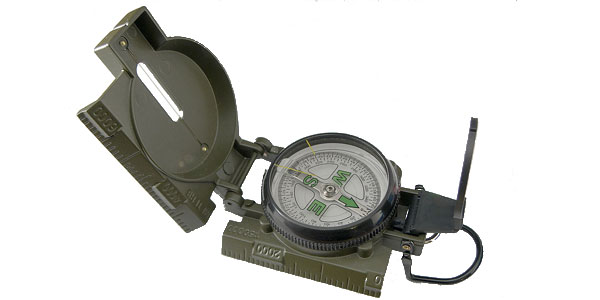
Baseplate or Orienteering Compass
This is the most versatile compass for most walkers and hikers. The transparent baseplate allows it to lie flat over a map, making it ideal for plotting routes, measuring distances, and navigating in all kinds of terrain.
Best for accurate map-based navigation across outdoor environments.
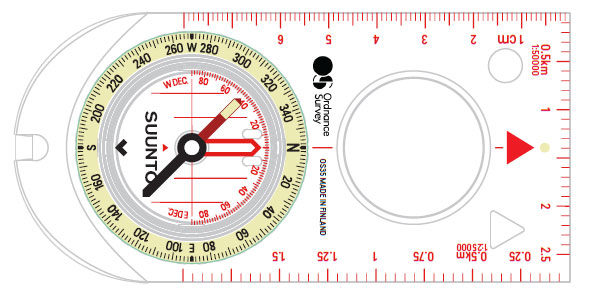
Know Your Compass
To use a compass properly, you must understand its parts and what each one does. Below is a breakdown of the main elements found on a standard baseplate compass and how they help you navigate with confidence.
-
Baseplate – A flat, clear surface that holds all the compass components. Its transparency lets you see the map underneath.
-
Compass housing – The circular container that holds the magnetic needle and includes a rotating bezel with printed directional markings.
-
Compass needle – Suspended in liquid to reduce sudden movement, the red end always points toward magnetic north.
-
Orienting lines – Parallel lines inside the housing that align with the map’s easting grid lines.
-
Orienting arrow – A fixed arrow aligned with north on the housing, used to match the compass with map north.
-
Magnetic variation markings – Adjustment guides that account for the difference between magnetic north and grid north.
-
Index line – A fixed line beneath the bezel that shows your selected bearing.
-
Direction-of-travel arrow – Extends from the index line, pointing the way once your bearing is set.
-
Compass scale – Measures map distances along the baseplate edges.
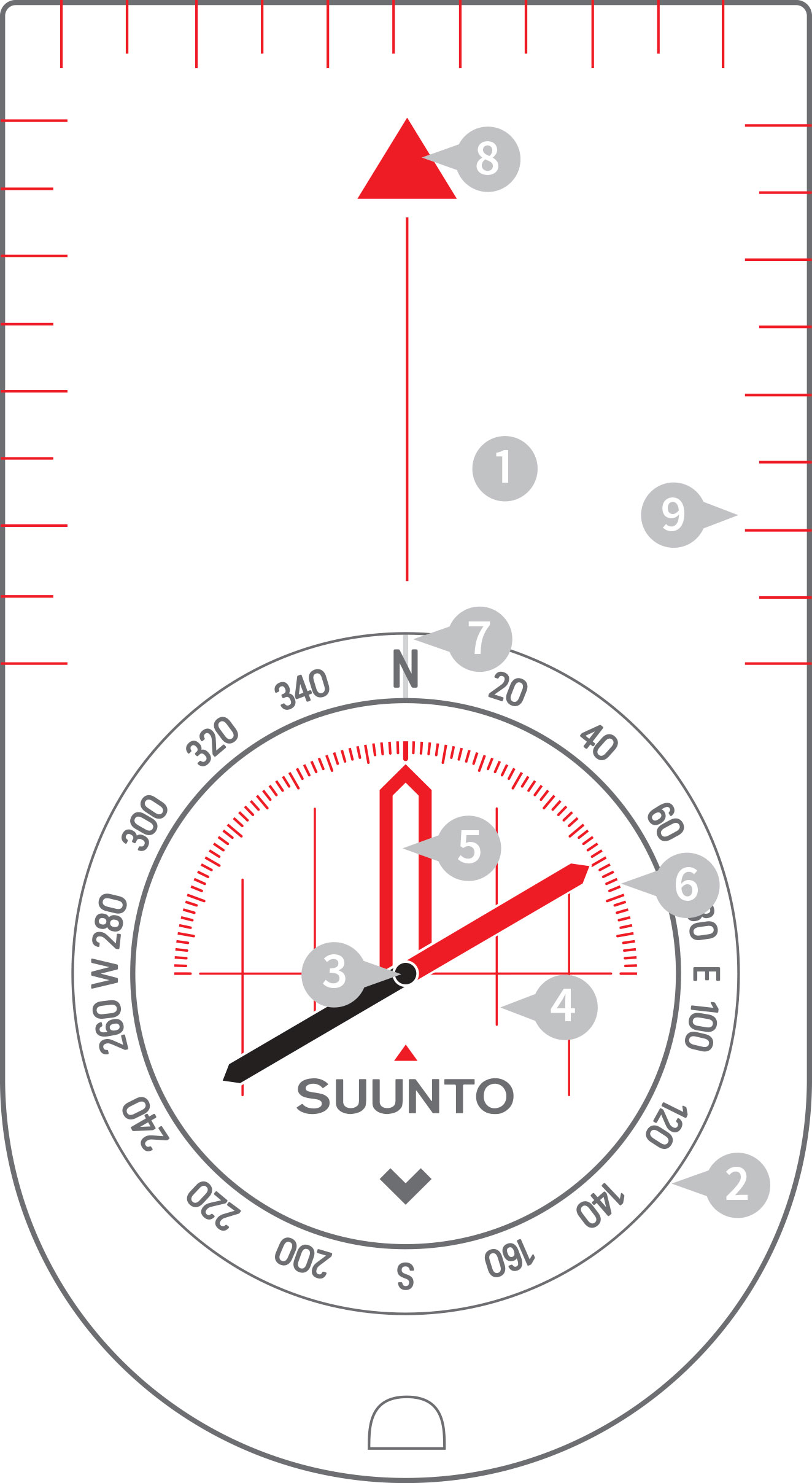
(Baseplate or orienteering style compass features)
Using Your Compass
Before you start walking, decide where you want to go and set your bearing properly. The compass will only guide you accurately if you prepare it correctly.
From your starting point on the map, place the index line along the imagined straight line from your current position to your intended destination. Make sure the direction-of-travel arrow is pointing toward your target.
Holding the baseplate steady, rotate the bezel until the orienting arrow matches grid north on the map. The orienting lines should run parallel with the blue vertical grid lines.
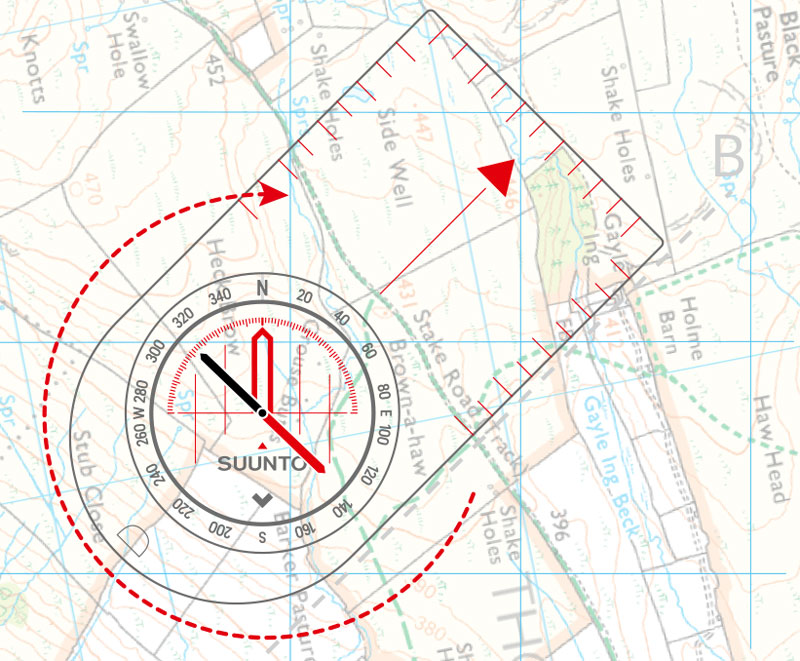
Once your map alignment is complete, adjust for magnetic variation. Throughout Great Britain, magnetic north can differ from grid north by up to a few degrees. The exact value is printed on your map. Rotate the bezel to add or subtract this value depending on whether magnetic north lies east or west of grid north.
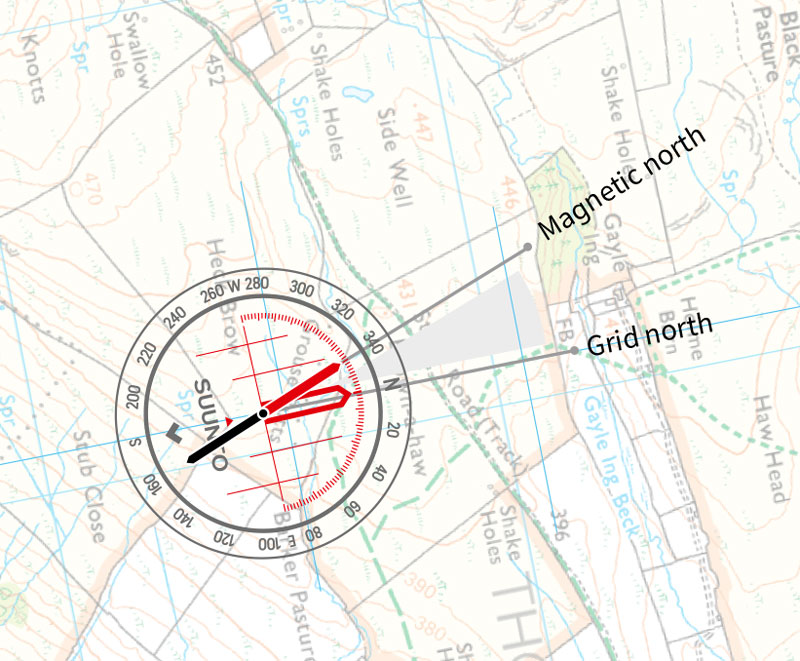
Lift the compass off the map. Hold it level at waist height and turn your entire body until the red end of the needle settles over the orienting arrow under the bezel. When both align perfectly, the direction-of-travel arrow now points the way forward.
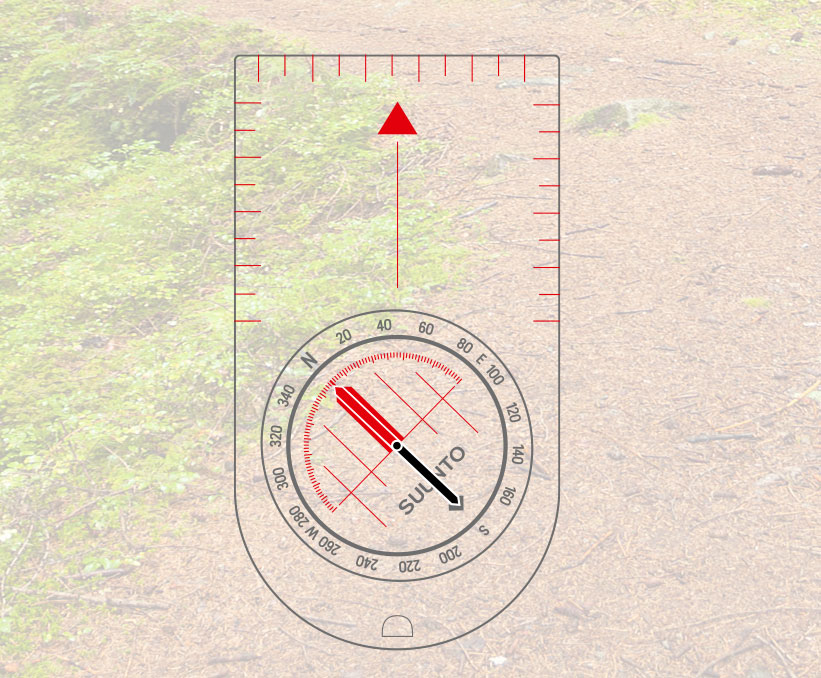
Be mindful of items that can interfere with compass readings—metal belts, knives, phones, and even some GPS devices can distort the needle. Keep them away when navigating.
Using Land Features Instead
If you prefer not to use a compass or want to practice additional skills, you can orient your map using visible features in the landscape. Start by placing yourself beside a recognizable landmark, then match it with the correct spot on your map. Slowly rotate the map until nearby hills, ridges, rivers, buildings, or paths match what you see around you. This method is helpful but less precise than compass navigation, especially in unfamiliar or featureless areas.
When both views match—map and land—you’ve aligned your orientation well enough to continue moving with reasonable confidence.

